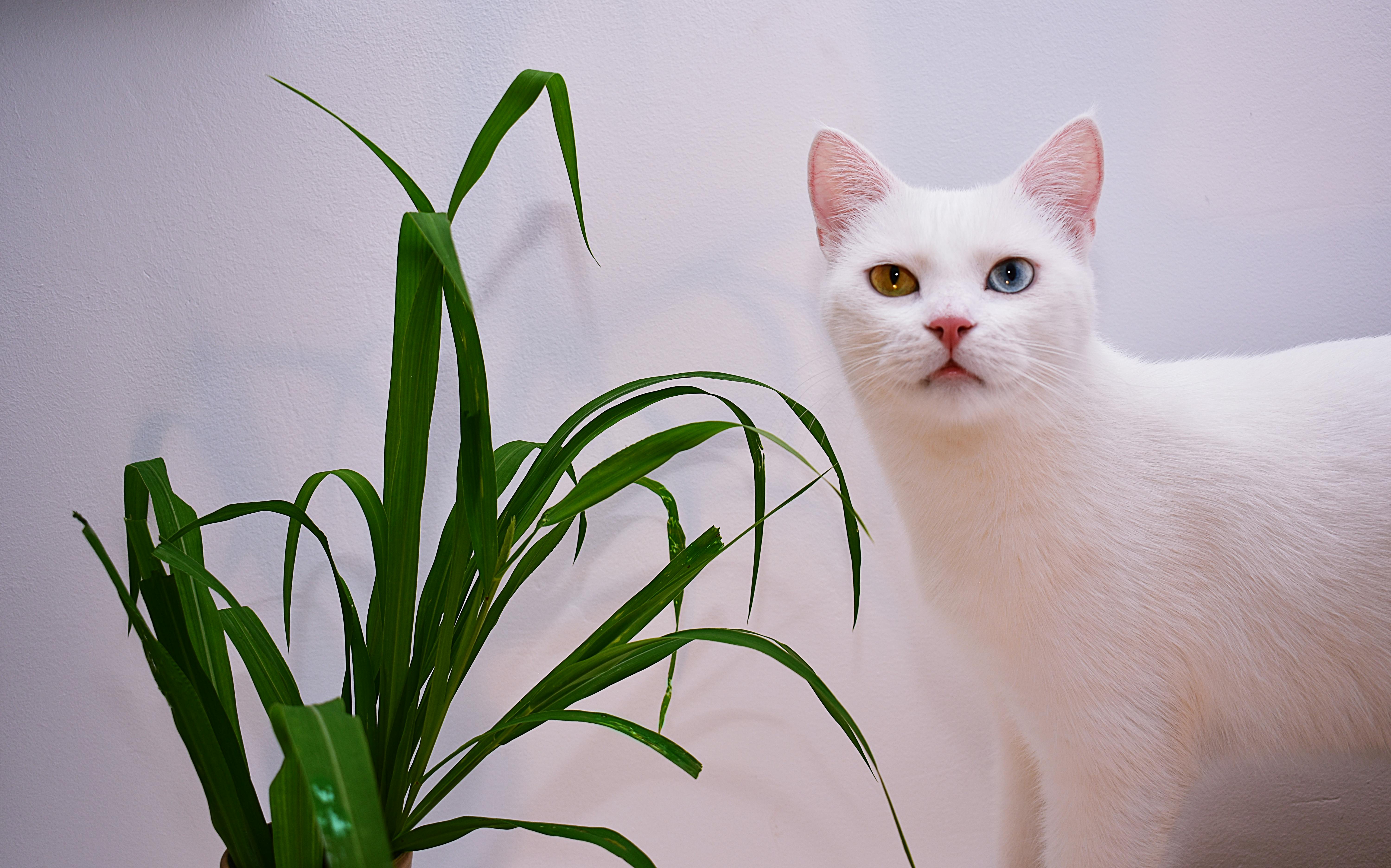
Profitable rabbit breeding
Rabbit farming is an exciting and profitable new venture emerging in the agriculture and animal husbandry sectors.
There are a number of different markets that you can choose to enter, when starting rabbit farming, and you will need to consider which market you would like to branch out into. This will determine what breed of rabbit you will keep, what housing to use. It will also be necessary to investigate the type of food and the intensity of the work required. You will need to decide where and who your target market is, and how you will be able to meet the needs of these consumers.
Rabbit farming can be an easy backyard hobby farm or expanded business venture, but when planned properly, it can be very rewarding. From the earliest days when sailors began sailing the high seas, their need for fresh meat caused them to start rabbit colonies in all their ports of call. Since those early beginnings, rabbit farming has truly become a new venture to address the increasing demand for meat protein and dwindling land resources to meet this need. Rabbits require much less land and much less feed to produce a pound. (kg) of meat, than required by cattle or any other regularly farmed animal. This makes rabbit farming a commercially viable alternative to meet the constant demand for meat.
Of course, you can decide to keep rabbits for their fur or as pets. Even here, there is a stable market, although not a market with the same growth rate, like rabbits for meat. However, whatever market you are breeding for, you will need to budget and plan for your venture to be successful.
The first of these is to make sure that you have a market that is ready and willing to absorb whatever you can produce. In other words, don’t start your breeding business with 100 pups and enough money to care for them, if you don’t have the resources to house and pay for 4,000 pups each year, and a ready market to buy these 4,000 pups each year.
You also need to consider a number of hidden costs when planning the size of your operation.
• Heating and lighting, as well as air conditioning in the summer, will add a considerable amount to running costs.
• What buildings are available or need to be built to house your rabbits.
• How feed and water will be made, and how much feed will be required. Water accounts must also be taken into account, because rabbits can consume a large amount of water, when multiplied by a couple of 1000.
• You need to budget for housing, cages, nest boxes, nesting material, hay and feed, as well as medicines, vet bills, cleaning supplies and labor. Home maintenance and repairs should also be considered.
Remember that planning and budgeting wisely are the cornerstone of building any successful business, and this is equally true for your rabbit farming business.

